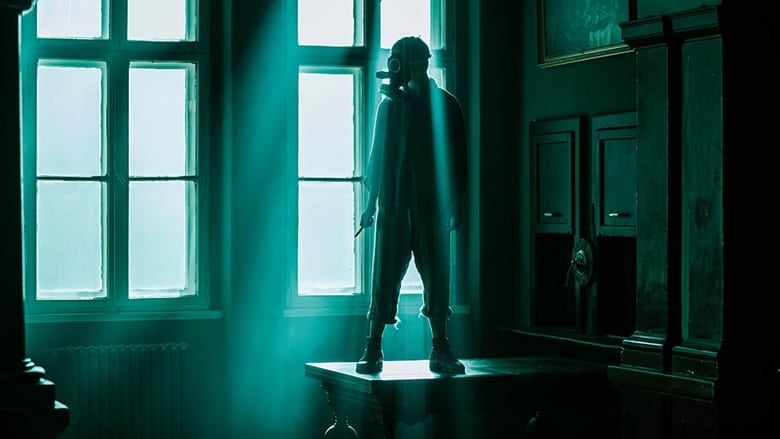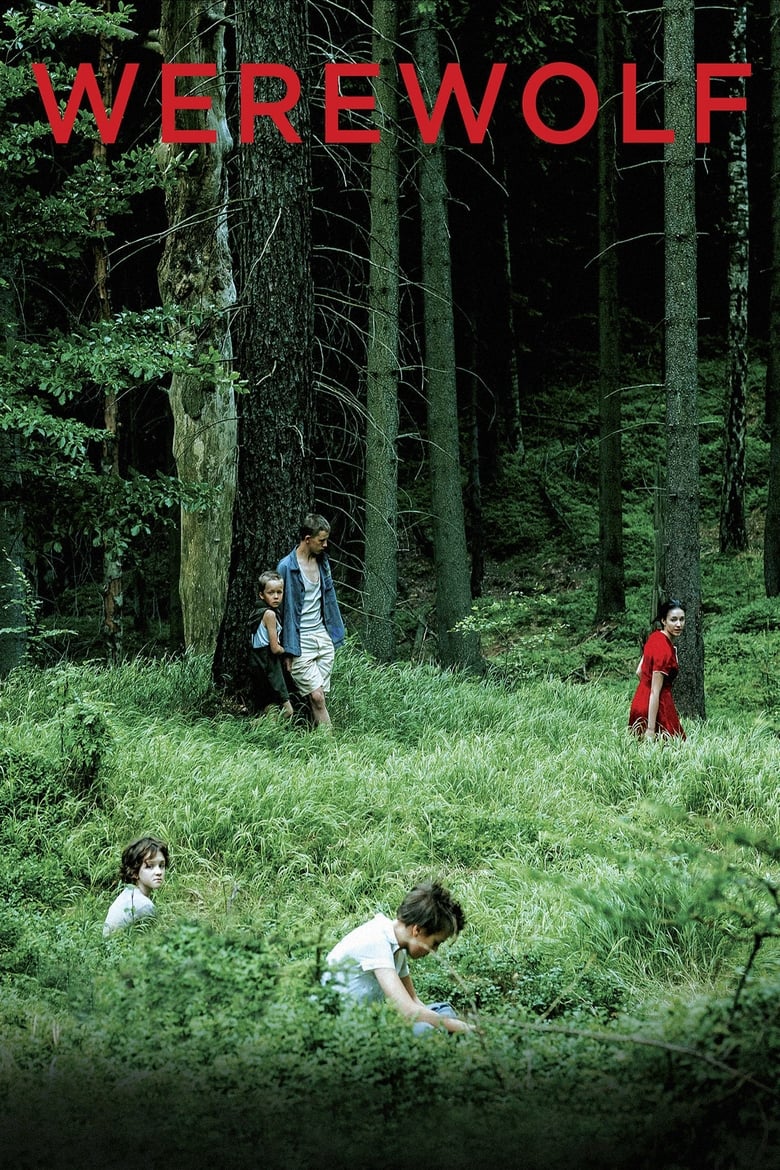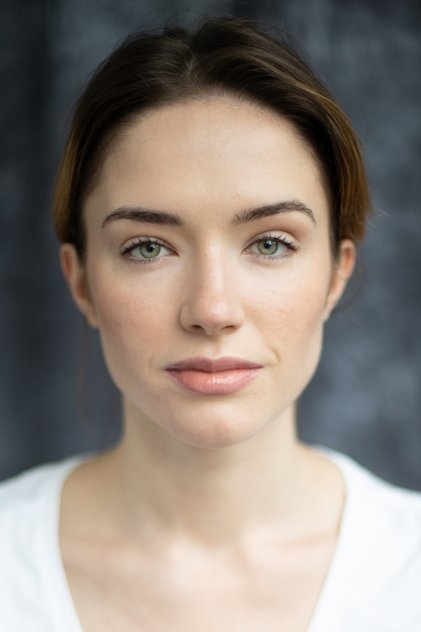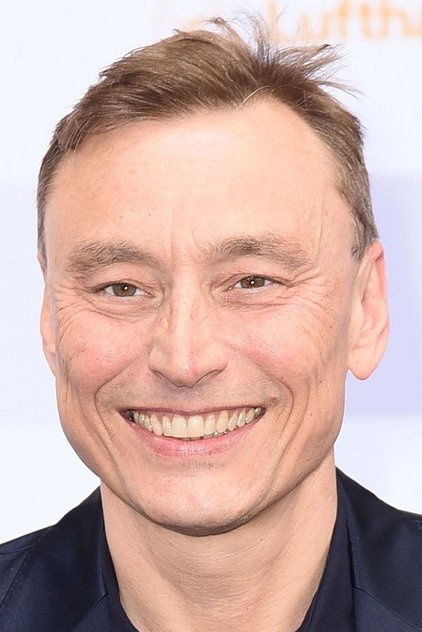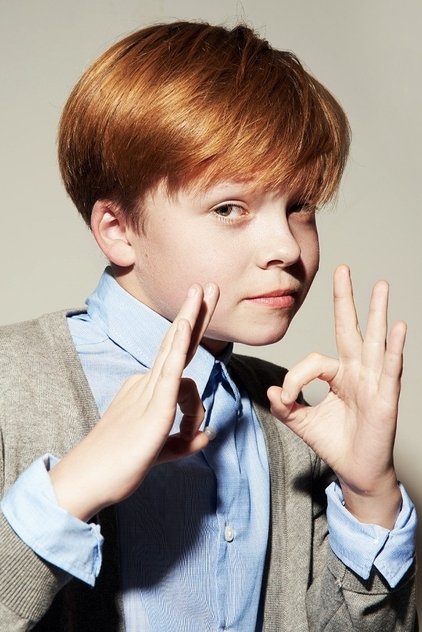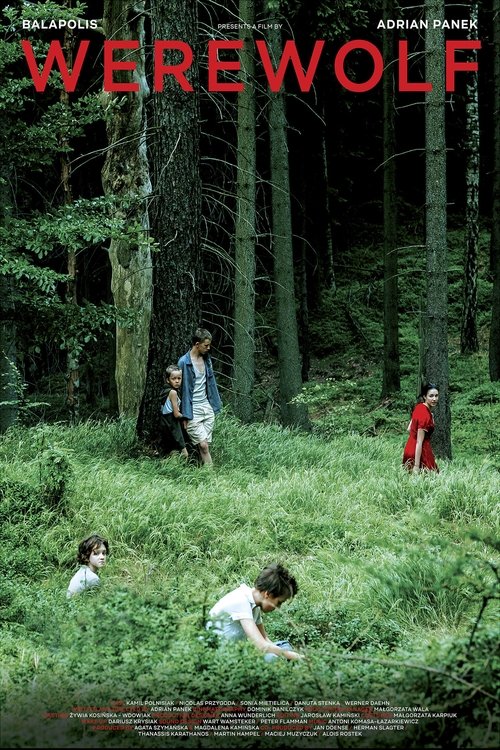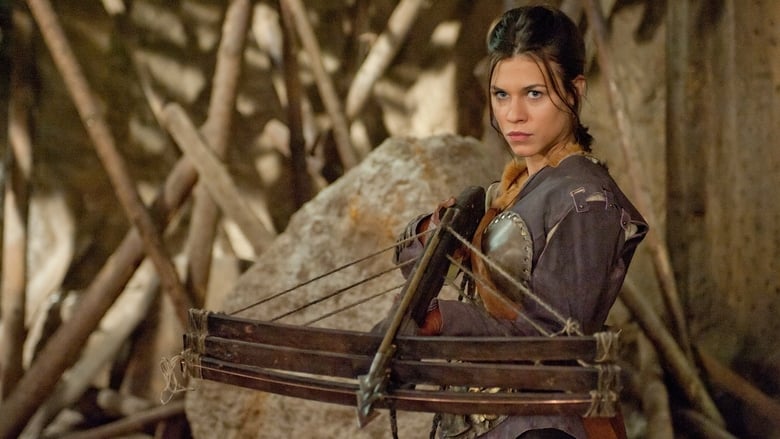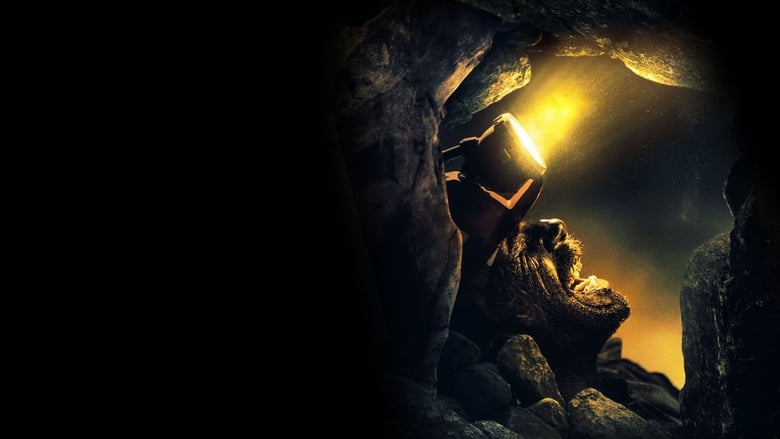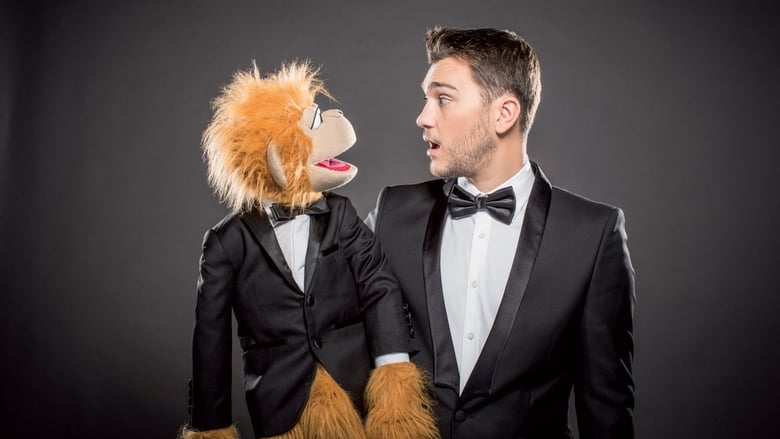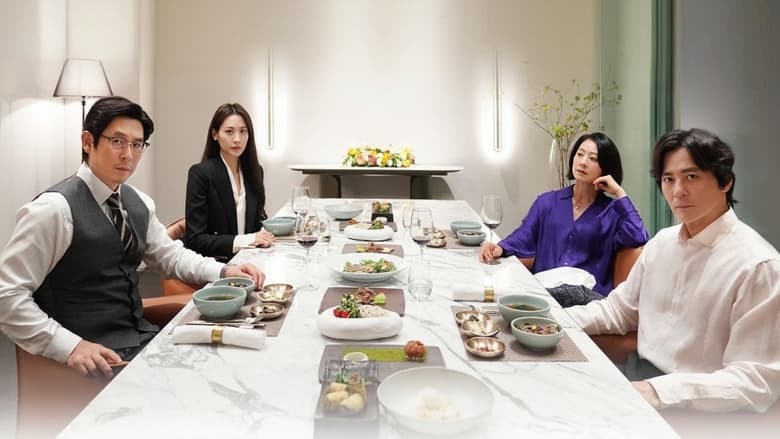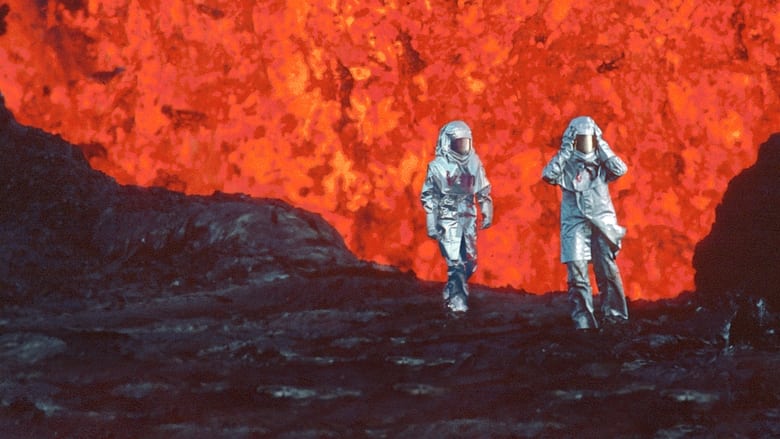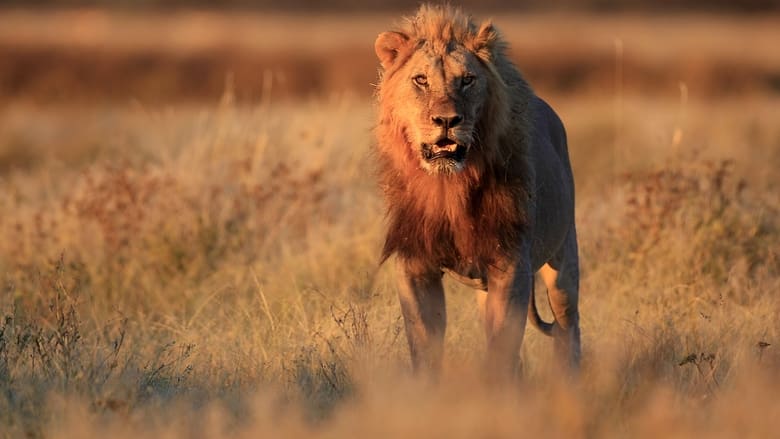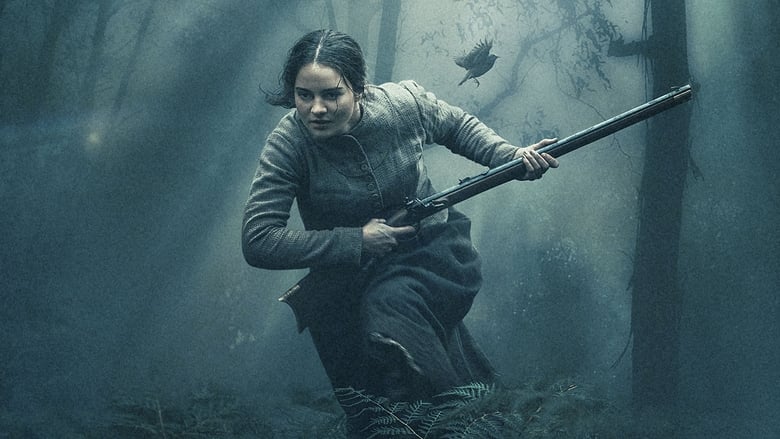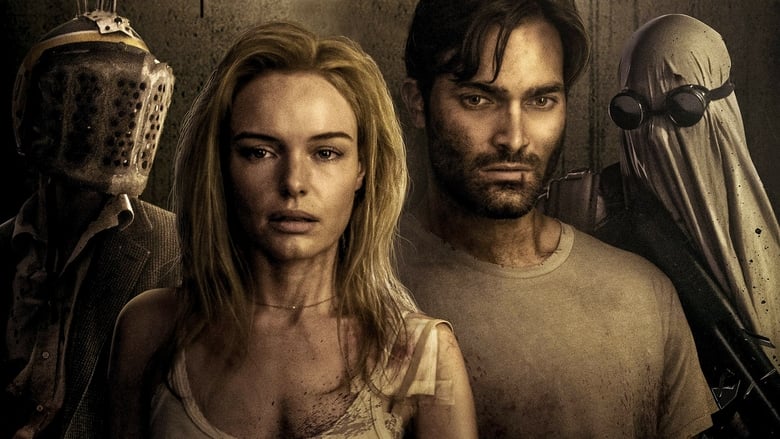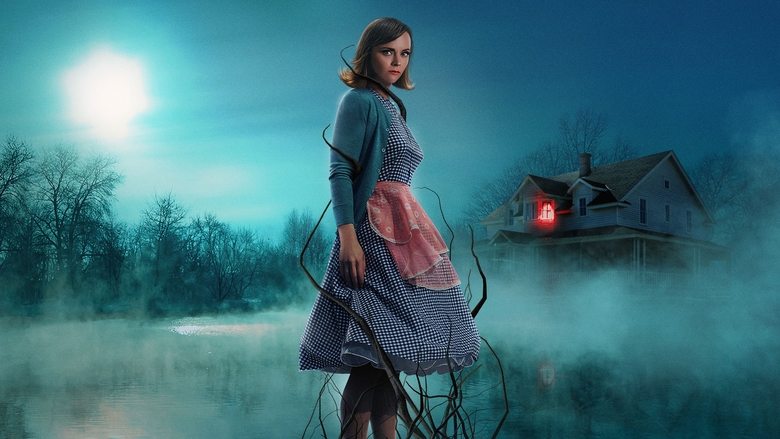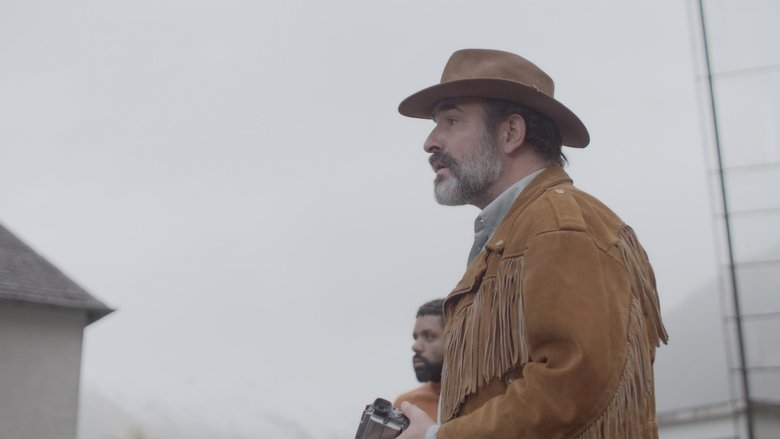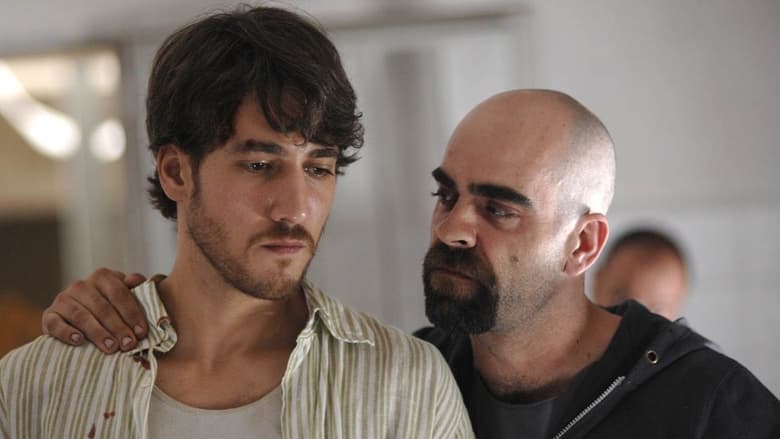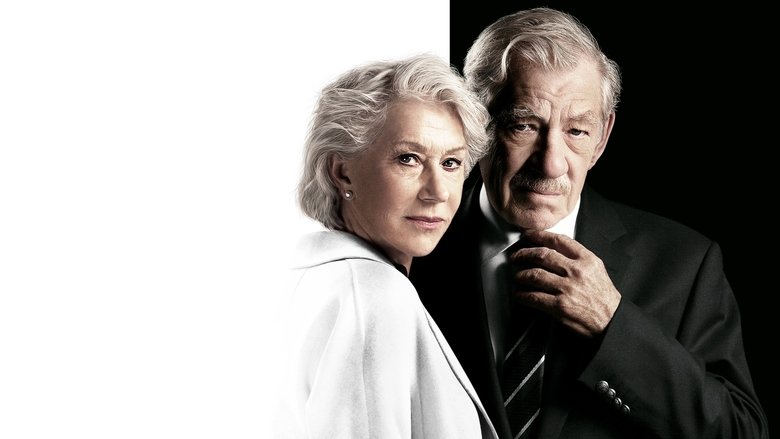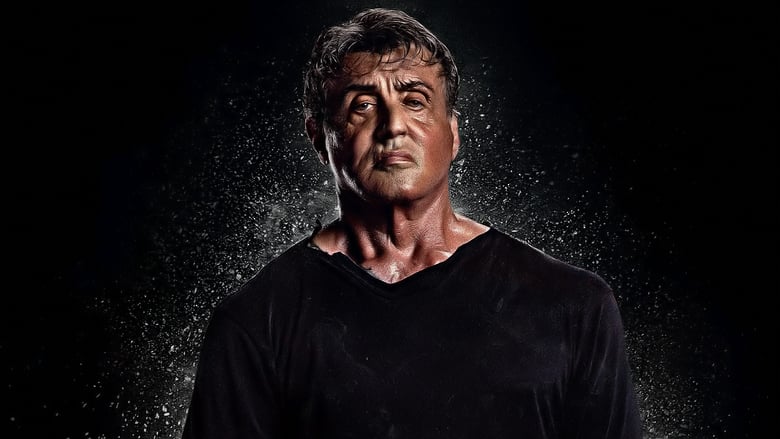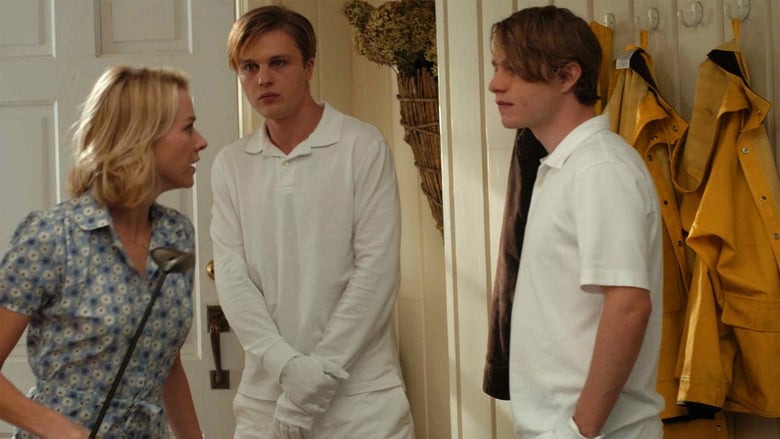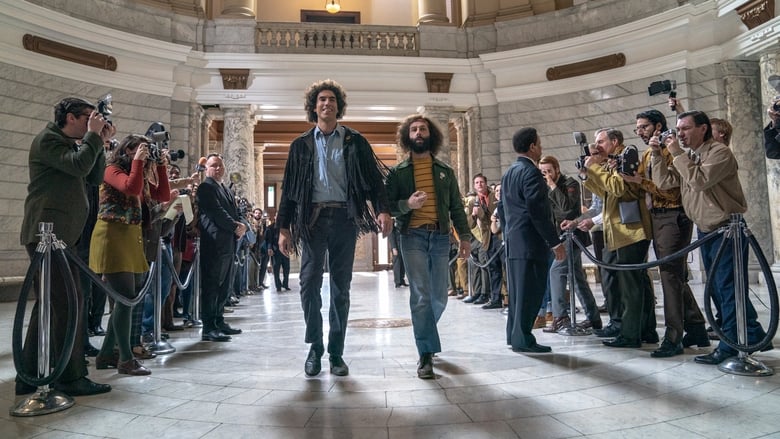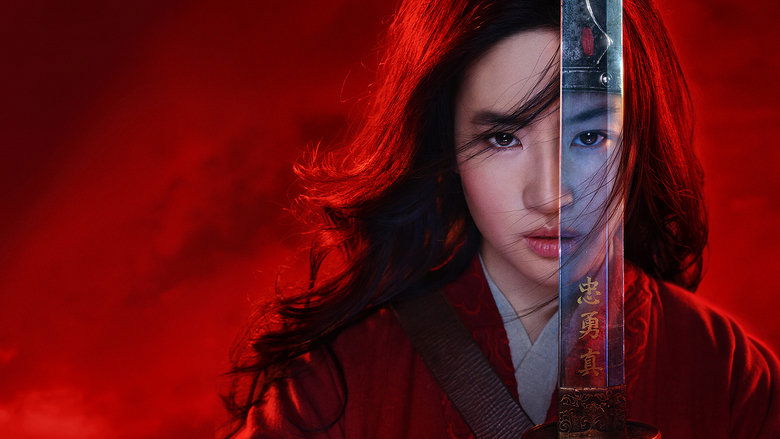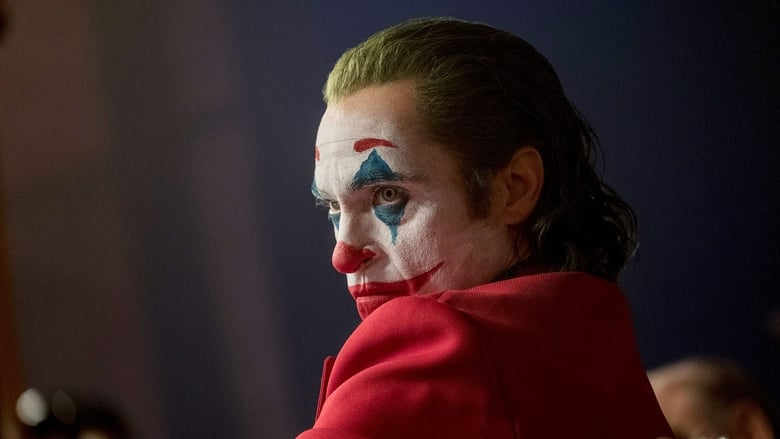A World War II political allegory/fairy tale/coming of age drama wrapped up in a horror aesthetic that works exceptionally well
>
Everything that was not connected with the immediate task of keeping oneself and one's closest friends alive lost its value. Everything was sacrificed to this end. A man's character became involved to the point that he was caught in a mental turmoil which threatened all the values he held and threw them into doubt. Under the influence of a world which no longer recognised the value of human life and human dignity, which had robbed man of his will and had made him an object to be exterminated (having planned, however, to make full use of him first – to the last ounce of his physical resources) – under this influence the personal ego finally suffered a loss of values. If the man in the concentration camp did not struggle against this in a last effort to save his self-respect, he lost the feeling of being an individual, a being with a mind, with inner freedom and personal value. He thought of himself then as only a part of an enormous mass of people; his existence descended to the level of animal life. The men were herded – sometimes to one place then to another; sometimes driven together, then apart – like a flock of sheep without a thought or a will of their own. A small but dangerous pack watched them from all sides, well versed in methods of torture and sadism. They drove the herd incessantly, backwards and forwards, with shouts, kicks and blows. And we, the sheep, thought of two things only – how to evade the bad dogs and how to get a little food.
- Viktor E. Frankl; Man's Search for Meaning (1946)
>The life cord became a thin filament, and the heaven cord a rope, by the times the camps were liberated. But I don't think many focused on heaven; too much of hell had been lived to allow for God's grace.
- Janneke Jobsis Brown; Following Shadows (2017)
I'll never forget something a student of mine once said to me in an English tutorial. Waiting to begin the class, I was chatting with the students when the subject of Paddy Considine's superb directorial debut, Tyrannosaur (2011), came up. I can't remember the context, but I do remember saying how much I'd enjoyed it and recommending it to the group. One said he'd just seen it on DVD the previous weekend and he was a fan too, but his girlfriend not so much, telling me that after 30 minutes or so she turned to him and asked, "when do the dinosaurs show up?" To this day, I've never worked out if he was joking or not, but either way, it was funny stuff. Fast forward nine years, and I'd just emerged from a screening of writer/director Adrian Panek's extraordinary genre-bender Wilkołak Werewolf, thinking to myself, "
I wonder how many people will get to around the 30 minute mark and start wondering when the werewolf is going to show up". Spoiler: there is no werewolf. At least, not literally.
Part-World War II/concentration camp drama, part-fairy tale, part-psychological study of how even children can descend into barbarism given the right circumstances, part-allegory for what happened to the Polish people after German occupancy was replaced with Soviet occupancy, all wrapped up in the aesthetic and tonal qualities of a horror movie,
Wilkołak is a parable of violence and lost innocence. The title is a rather clever play on the figure of the lycanthrope as found in literature dating back to at least the Middle Ages – the film depicts children who are ravenous and uncontrollable and dogs who are ravenous and uncontrollable, but there's no werewolf unless one combines the two groups on an abstract thematic level. Which, of course, is exactly what the title is inviting us to do. Looking at the psychological impact the Holocaust had on those who survived it and the ramifications of the cruelty they suffered, especially when they attempt to reintegrate into society,
Wilkołak is kind of like John Carpenter's
Assault on Precinct 13 (1976) set in the immediate aftermath of the War, with elements of Charles Perrault's 1697 version of
Le Petit Chaperon Rouge and William Golding's
Lord of the Flies (1954), as well as films such as Jan Němec's
Démanty noci (1964), Samuel Fuller's
White Dog (1982), and Kornél Mundruczó's mesmerising
Fehér isten (2014). Understated, subtle, and thematically layered, it was the deserved winner of both the Audience Award and the Ecumenical Jury Prize for Best Film at the 2018 Tallinn Black Nights Film Festival and Best Director at the 2018 Polish Film Festival (where it was also nominated for the Golden Lion).
February, 1945;
Konzentrationslager Groß-Rosen Gross-Rosen concentration camp in modern-day Rogoźnica, Poland. Germany have all but lost the War, and the
Schutzstaffel (SS) are in the process of abandoning the camp. Before they go, however, they force the inmates to do pointless exercises in the freezing night-time temperatures, with anyone resisting or attempting to flee set upon by the camp's vicious German Shepherd guard dogs, who are trained to recognise the inmates' striped uniforms. When the SS depart, the Workers' and Peasants' Red Army liberate the camp, and a group of eight children are transported to a temporary orphanage housed in a dilapidated mansion in the forest near the Góry Sowie
Owl Mountains. The group includes the de facto leader, Hanka (an excellent Sonia Mietielica), who, at 20, is the eldest by several years; Hanys (Nicolas Przygoda) a late addition to the group from another camp, who is not made especially welcome (because he was born near the Polish-German border, the others cruelly call him "Kraut"); the quiet and possibly irreparably disturbed Wladek (a very creepy Kamil Polnisiak), who deeply resents Hanys's presence, especially his friendship with Hanka, and from whose perspective much of the film is told; and Mala (Matylda Ignasiak) a mute six-year-old girl. The only adult at the mansion is the bitter and disillusioned Jadwiga (the always excellent Danuta Stenka), who, despite herself, soon bonds with Hanka and Mala. The orphanage itself is in a bad state of disrepair, with no electricity or running water, very little food, and no means of transport, which renders more complicated Hanka's attempts to re-civilise the children (by having them use a knife and fork instead of their hands, for example). To make matters worse, there are marauding Soviet soldiers with rape on their mind and a nearby bunker in which someone unidentified appears to be living. The greatest threat, however, is that the now feral camp dogs, driven mad with hunger, have made their way through the forest to the mansion, leaving several bodies in their wake. At first, they linger in the trees, but soon enough, they surround the house, trapping the group inside, as provisions rapidly run out. And so, the children must fight to stay alive, with the barbarism instilled in them at
Groß-Rosen proving as much of a foe as the ferocious dogs.
That plot summary should give you a good sense of the film's debt to narratives such as
Lord of the Flies and
Assault on Precinct 13. It really is a strange beast – a World War II pseudo-horror story about traumatised concentration camp children trapped in a house by vicious dogs. It sounds like it absolutely should not work. But it absolutely does work, with all manner of subtle thematic layering (without mentioning anything of the extraordinary, unpredictable, and fascinating closing moments). Of course, the main theme is barbarism; the idea that the children have been dehumanised by their time in the camp. One of the first scenes upon arriving at the mansion sees several of the children cruelly chasing a rat, which they then stamp to death. It's a moment that recalls how the SS were treating the prisoners just minutes earlier, and it's telling that the first instance of violence after we leave
Groß-Rosen is perpetrated not by a German or a Soviet, not even by the dogs, but by the children themselves.
Of course, this highlights the question of who exactly is the eponymous
Wilkołak - the voracious dogs, the brutalised and pseudo-bestialised children, or both. Panek approaches this question by drawing a lot of parallels between the children and the dogs; for example, both are hungry, both have been taught barbarism, both are aggressive and feral, both move in packs, both need significant reconditioning if ever they are to be reintegrated into society. Indeed, just as is the case with the dogs, Hanka says of the children, "
they can't go hungry or they'll kill each other", to which Jadwiga says, "
then let them kill each other". This draws yet another parallel – neither group are seen as worth saving, neither is considered human; to quote William Shakespeare's
King Lear, "
Man's life's as cheap as beast's" (4.ii.270).
Working in tandem with such parallels, the title is metaphorical – neither the children nor the dogs are the
Wilkołak, yet both are, with the title essentially referring to a thematic combination of each. That this is so is indicated only moments after the scene with the rat, as we see the children happily playing tag in the mansion's grounds. It's an extraordinary contrast, which suggests for every moment where their traumatised dysfunction rises to the surface, so too are there moments where their childish innocence shines through (i.e. they are half-human, half-beast), a contrast which recurs in various guises throughout – for example, for all of Wladek's psychological trauma, there's always Mala's gentle innocence; and although Hanka makes the children sit at the table and use cutlery, another scene sees them fighting over a tin of dog food, which they spill on the floor, before devouring with their hands. Indeed, according to Panek, "
this is a story about being infected with evil. About people who were brought to the level of animals and are trying to return to human form".
The most obvious aesthetic element of the film is that it employs classic horror tropes throughout - POV shots of the dogs in the forest, watching the house; after the initial scene, we don't see the dogs for some time; the grisly discovery of a mutilated corpse; the mysterious person in the bunker; a slow-motion shot as one of the children is being chased by a dog; the dilapidated and isolated house, which is both sanctuary and prison, with Anna Wunderlich's production design and Marcin Aziukiewicz's art direction really helping to establish the film's tone; Antoni Łazarkiewicz's ominous but understated score; Dominik Danilczy's subtle photography which often shoots from around corners and within shadows. Additionally, much of the film is focalised by Wladek, which gives the story an element of intimacy and emotional stoicism (insofar as Wladek is emotionally shut down). Grafting the story of concentration camp survivors onto a horror template may seem crass and disrespectful, but Panek pulls it off magnificently. Just like his thematic subtlety, there's a great deal of nuance to the film's aesthetic design; it's never quite a horror movie, never quite a war movie, never quite a concentration camp movie, never quite a coming-of-age movie. Yet it's all of these things, with Panek moulding this hodgepodge into a believable and thematically focused narrative.
There are a few problems here and there, but none are especially serious. For example, the film lags a little in the long middle act, which sees the dogs surround the house, and which becomes a little repetitious, with the tension slackening somewhat. This act could have done with having maybe ten minutes or so shaved off. Another small issue is that apart from Hanka, Hanys, and Wladek, none of the other children receives much characterisation. Mala gets a little backstory, but that's about it, with the rest of the group essentially functioning as background extras, to the point where they tend to blur into one another. Jaroslaw Kaminski's editing is also a little choppy on occasion, not really giving shots enough time to register before quickly shifting to something else.
These small issues notwithstanding, however,
Wilkołak is an exceptional film. What really struck me about it was that despite its use of horror tropes, despite the gore and the fairy tale aesthetic, there's hardly anything here that one could say with confidence could not have happened in historical reality. This is part of the reason that the film never comes across as exploitative or distasteful; because it maintains a realist stance throughout. All things considered, then, this is a thematically fascinating, brilliantly made film. Highly recommended.
